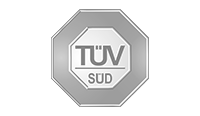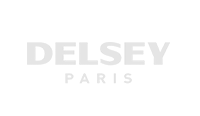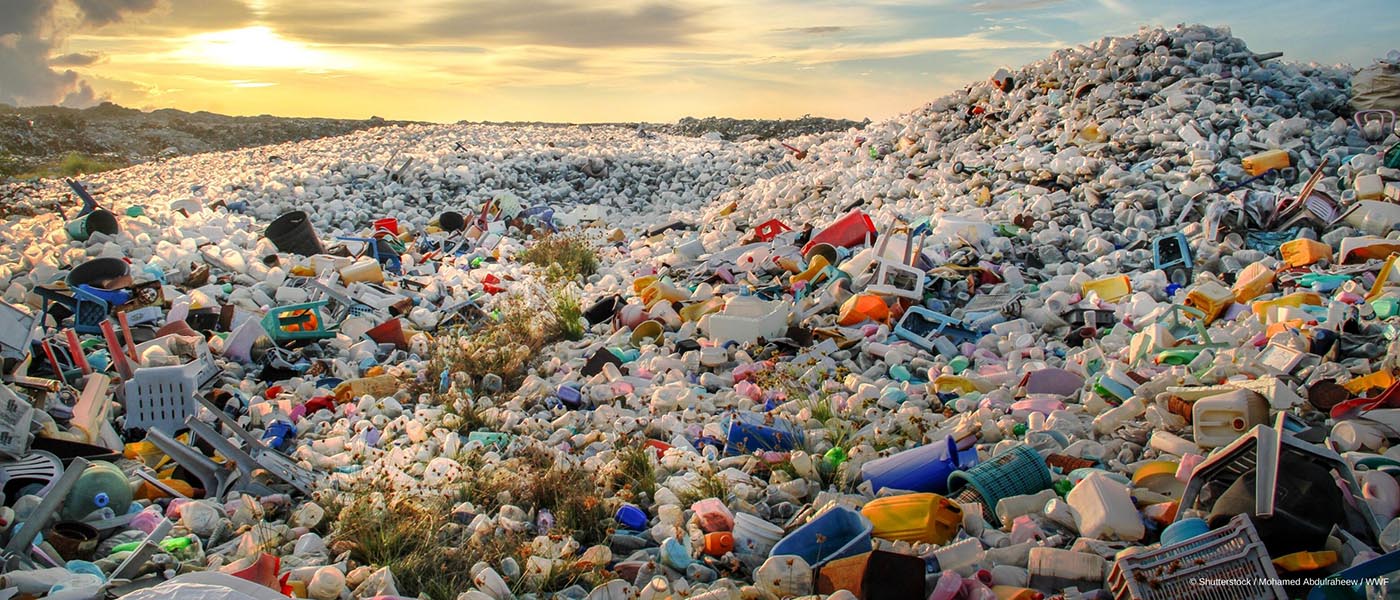Request a Demo
Trusted by leading brands, retailers, manufacturers and service providers across industries such as:
















There are plenty of reasons to reduce packaging in the supply chain—adapting to consumer concerns, meeting legal requirements, following industry leaders, and preserving margins. We’ll dig into:
When it comes to understanding the packaging market right now, there are three vital perspectives:
Around the world, governmental and regulatory agencies are introducing new legislation to limit packaging and reduce waste. Packaging directives and rules that are being debated or have been signed into law include:
These examples are just some of the laws that suppliers, manufacturers, retailers, and others need to meet. This is just the start. Over the next few years, we can expect multiple new standards to come into place as governments take more action against packaging pollution.
For businesses that want to sell into global marketplaces, meeting these requirements is essential. Failing to do so can result in legal actions, fines, reputational loss, or the inability to sell into particular geographies.
In an increasingly competitive global marketplace, businesses of all kinds are seeking any advantage to get ahead of their rivals. As market leaders and major industry players announce serious efforts to combat packaging waste, businesses of all sizes must keep up or risk losing customer share.
Fast-moving-consumer-goods (FMCG) retailers, in particular, are increasing their focus on sustainable packaging. Much of this is led by profit margins—less packaging and lighter materials reduce costs throughout the supply chain.
Initiatives announced by corporate leaders include:
As these corporate leaders put “Reduce, Reuse, Recycle” into practice, they’re setting the bar higher for everyone else. These industry giants can also afford to promote their brands as sustainable and environmentally-conscious, and smaller organizations must position themselves accordingly.
Consumers are making more informed choices on how they spend their money. That’s not just about the provenance or carbon footprint of manufacturing and logistics, excessive packaging is also a significant turn-off.
Here’s what studies show about consumer buying choices when it comes to sustainability:
The global pandemic is changing behavior, too. Concerns around hygiene, ease of sanitization, and product origins all influence consumer choices. In particular, the move to online shopping is shifting environmental concerns away from local stores and towards Amazon and other industry giants.
“COVID-19 has increased consumer awareness and commitment to buying sustainably: 67% of consumers said that they will be more cautious about the scarcity of natural resources due to the COVID-19 crisis, and 65% said that they will be more mindful about the impact of their overall consumption in the “new normal.” — Vending MarketWatch: COVID-19 Has Impacted Consumer Awareness About Sustainability.
So, how will this legal, corporate, and consumer oversight impact the packing approaches and create greener supply chains in the future?
We believe that there are several major packaging trends that will influence supply chains over the next few years.
For further reading, we recommend these McKinsey reports.
Now we know about the current and future trends in packaging, how can your business take advantage?
However you’re involved in the supply chain—as a packaging converter, manufacturer, retailer, or brand, you can take decisive action on your new packaging options.
Your business already has a packaging baseline, and you need to start by getting insight and transparency for your packaging data. You can achieve this through:
Now you understand your current packaging usage, it’s time to focus on more sustainable options:
Continue to collect data on your packaging and incorporate it into packaging development. This might include:
Ultimately, developing sustainable packaging and reducing waste requires closer relationships throughout the supply chain. This provides some great opportunities to expand your supply chain further, so packaging becomes a starting point for greater partnerships and business growth.
Topo empowers you to monitor, inspect, and analyze the different stages of your sourcing, product development, production, quality, and sustainability processes within your supply chain. The Topo Platform boosts transparency and productivity while decreasing your operational cost.